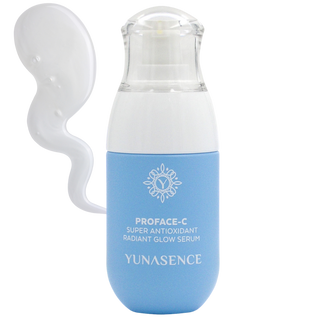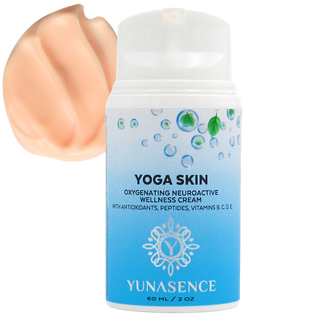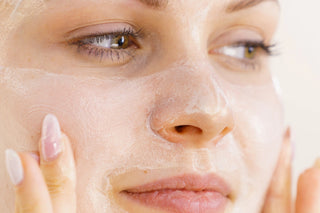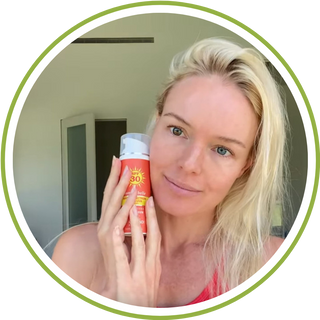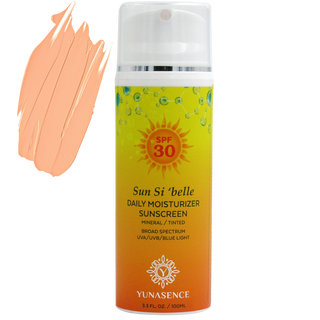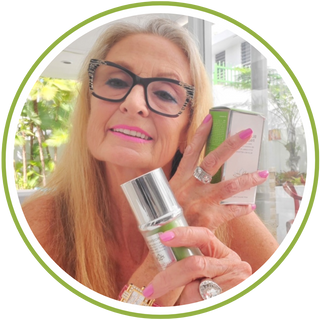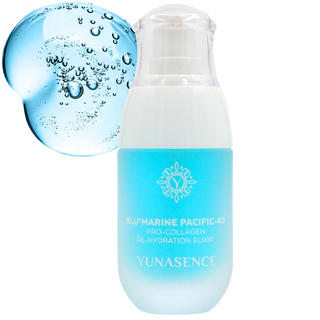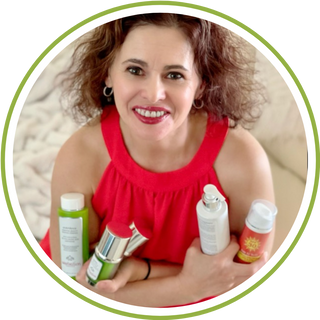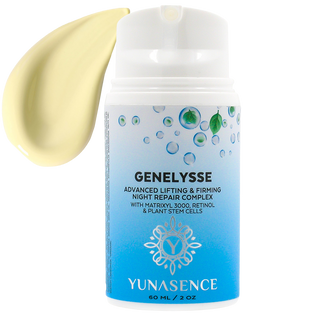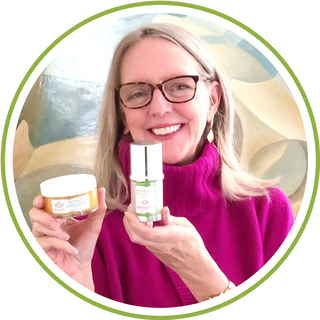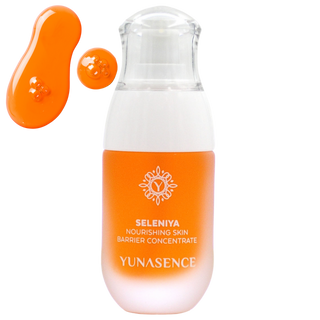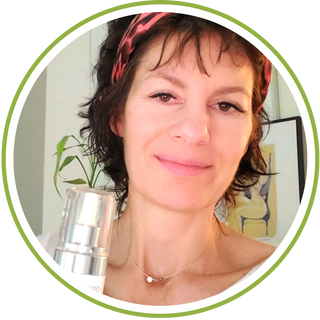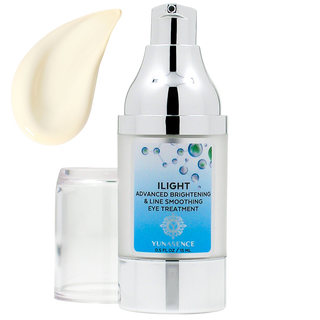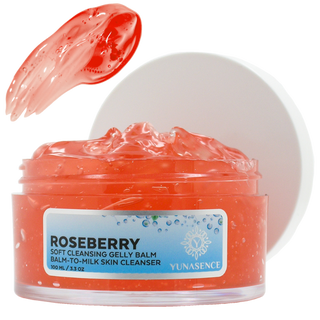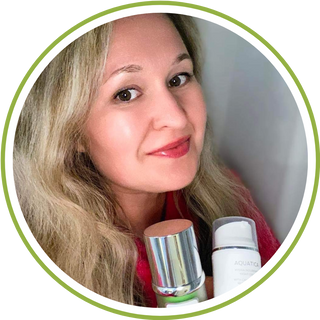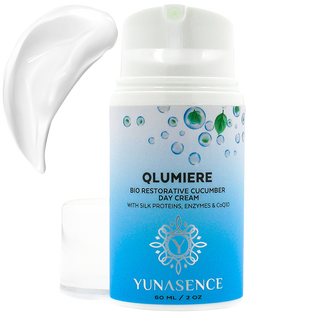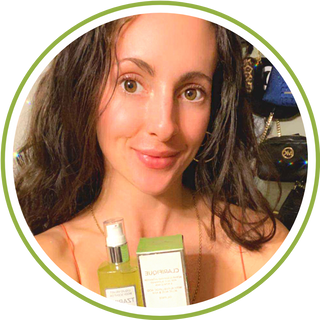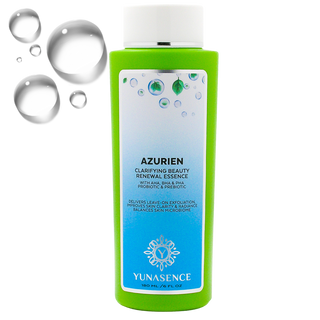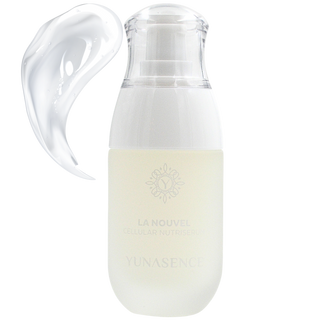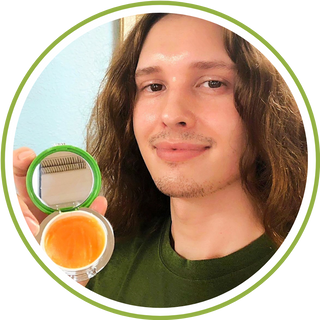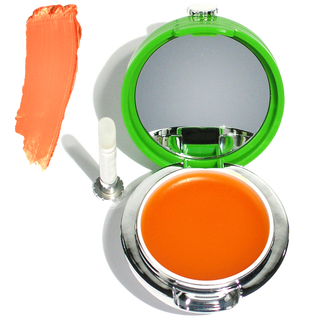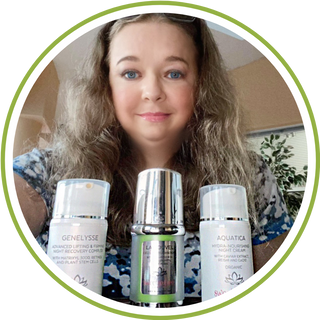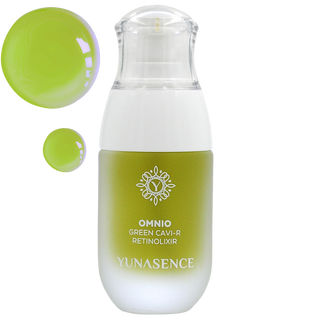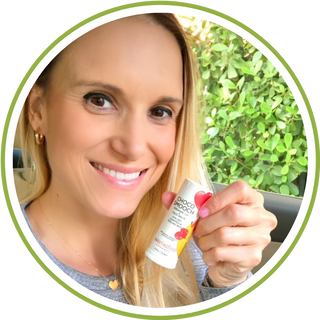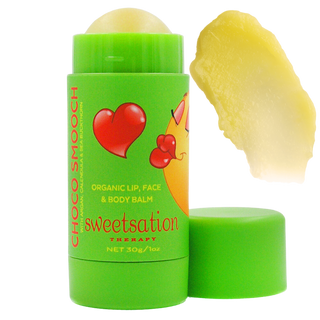As an esthetician, I talk about the skin barrier every single day - because it truly is the foundation of healthy, youthful, radiant skin. You can use all the serums, tools and creams in the world, but if your barrier is not intact, nothing will work the way it’s supposed to.
So, let’s break it down in simple terms… what it is, what happens when it’s compromised, and why ceramides are one of the most important ingredients to bring your barrier back to life.
WHAT IS THE SKIN BARRIER?
Another term you may have heard is ‘acid mantle’. Think of your skin barrier as your body’s personal bodyguard. It’s the outermost layer of your skin (the stratum corneum) and its job is to:
✅ Keep moisture in
✅ Keep irritants, bacteria, and pollutants out
✅ Maintain smooth, plump, comfortable skin
This barrier is made up of lipids - primarily ceramides, cholesterol, and fatty acids. These lipids act like the “mortar” holding together your skin cells (the “bricks”). When that mortar is strong, the wall stands tall, smooth, and protected.

CERAMIDES: THE SUPERHEROES OF YOUR SKIN BARRIER
In a healthy barrier, ceramides sit on the very top surface of the skin like a protective seal, keeping water in and damage out. They make up over 50% of your skin’s lipid layer - so yes, they are a BIG deal.
But when the skin is compromised, ceramides are the first to go. This leaves the barrier “leaky,” irritated, and vulnerable.
WHAT CAUSES CERAMIDE LOSS AND BARRIER DAMAGE?
You can be doing everything “right” and still hurt your barrier without realizing it. The most common culprits are:
Over-exfoliating (acids, scrubs, retinoids used too frequently)
Harsh foaming cleansers and sulfates
Hot showers
Sun exposure
Cold, dry weather
Stress and poor sleep
Aging (our natural ceramide production declines with age)
Women over 40, especially, tend to experience more barrier weakness because ceramide levels naturally drop as we age.
SIGNS YOUR SKIN IS DEFICIENT IN CERAMIDES
If your barrier is damaged or your ceramide levels are low, your skin will let you know.
Common signs include:
Dryness or flakiness
Tightness after cleansing
Burning or stinging when applying products
Rough, uneven texture
Redness or inflammation
Itchiness or sensitivity
Increased breakouts or slower healing
Dull, tired-looking skin
If this sounds like you, it’s very likely your skin barrier needs repair and your ceramides need replenishing.
HOW TO REPAIR A DAMAGED SKIN BARRIER
The good news? Barriers can be repaired. Here’s how I coach my clients through a barrier-repair plan:
1. Bring Back Ceramides. Look for products containing ceramides, cholesterol, and fatty acids (ideally in a balanced ratio). These replenish the lipid layer and restore the “seal” your skin is missing. Try our SELENIYA Nourishing Skin Barrier Concentrate.
2. Switch to a Gentle Cleanser. No stripping foams. Choose a hydrating, sulfate-free cleanser that leaves your skin soft, not squeaky. Try our HYDRAVEIL Hydrating and Nourishing Face Wash.
3. Cut Back on Exfoliation. Temporarily pause acids, scrubs, and retinoids until sensitivity goes down. Your skin needs a break to rebuild.
4. Seal with Occlusives at Night. Ingredients like squalane, jojoba, shea, or ceramide-rich creams or oils help prevent water loss while you sleep.
5. Wear SPF Daily. UV damage breaks down ceramides and proteins in the skin. Sunscreen is non-negotiable if you want a strong barrier. Try our Sun Si'belle Daily Moisturizing Sunscreen SPF30.
HOW LONG DOES BARRIER HEALING TAKE?
Mild barrier irritation may improve in 3–7 days, while severely compromised skin can take 3–6 weeks of consistent care. The key word is: consistent.
Remember, your skin barrier is your skin’s first line of defense—and ceramides are the glue that keeps it strong. When your ceramide levels drop, your skin becomes vulnerable, reactive, and dehydrated. But with the right routine and a little patience, you can absolutely restore balance, resilience, and that healthy, luminous glow.
Strong barrier = happy skin.

